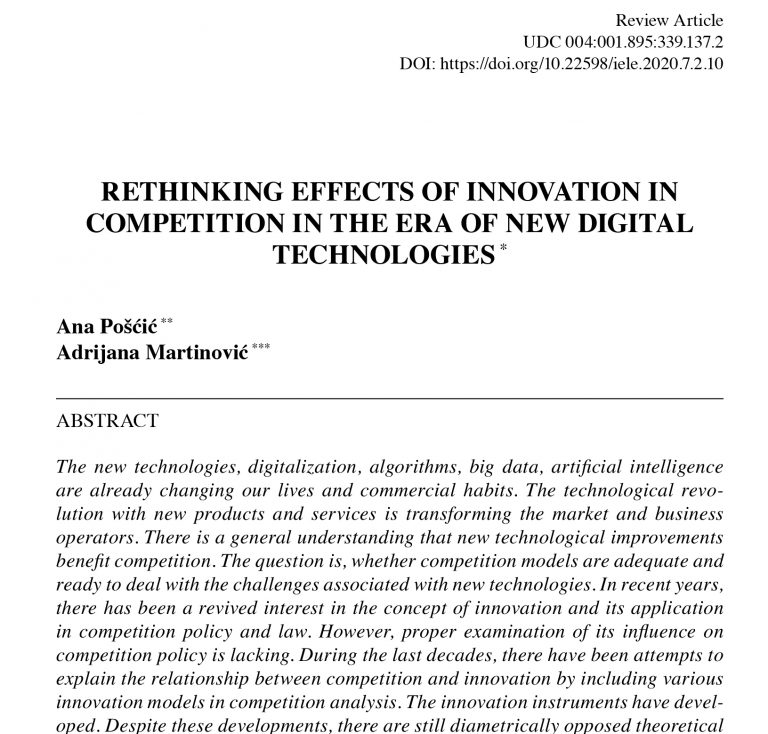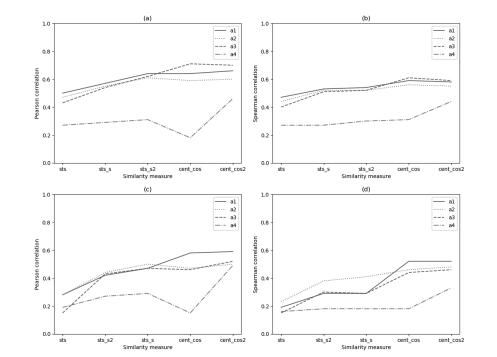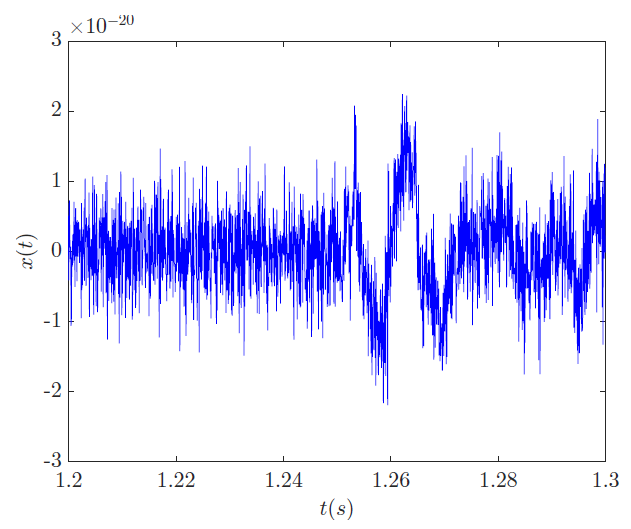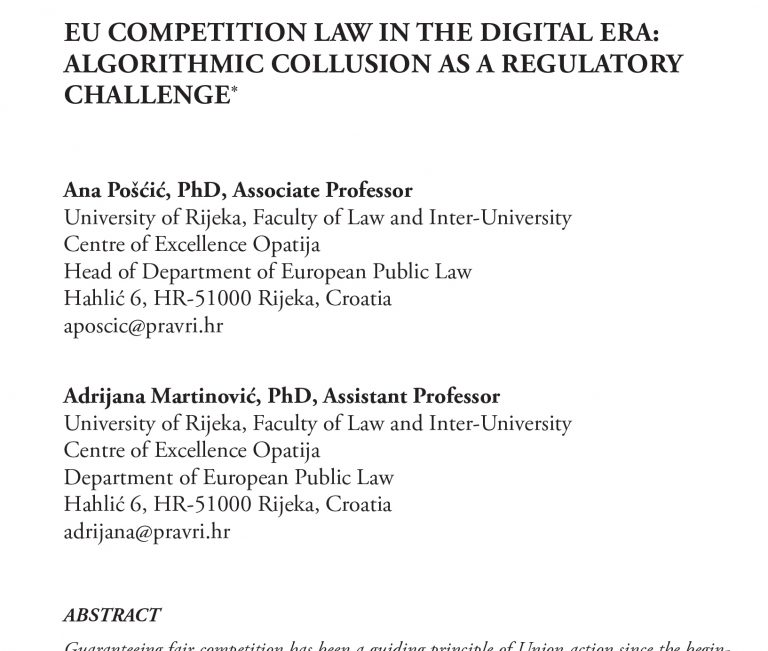A recent systematic experimental characterisation of technological thin films, based on elaborated design of experiments as well as probe calibration and correction procedures, allowed for the first time the determination of nanoscale friction under the concurrent influence of several process parameters, comprising normal forces, sliding velocities, and temperature, thus providing an indication of the intricate […]
Research Papers
Rule-Based EEG Classifier Utilizing Local Entropy of Time–Frequency Distributions
Electroencephalogram (EEG) signals are known to contain signatures of stimuli that induce brain activities. However, detecting these signatures to classify captured EEG waveforms is one of the most challenging tasks of EEG analysis. This paper proposes a novel time–frequency-based method for EEG analysis and characterization implemented in a computer-aided decision-support system that can be used […]
Rethinking Effects of Innovation in Competition In The Era of New Digital Technologies
The new technologies, digitalization, algorithms, big data, artificial intelligence are already changing our lives and commercial habits. The technological revolution with new products and services is transforming the market and business operators. There is a general understanding that new technological improvements benefit competition. The question is, whether competition models are adequate and ready to deal […]
A Comparison of Approaches for Measuring the Semantic Similarity of Short Texts Based on Word Embeddings
Measuring the semantic similarity of texts has a vital role in various tasks from the field of natural language processing. In this paper, we describe a set of experiments we carried out to evaluate and compare the performance of different approaches for measuring the semantic similarity of short texts. We perform a comparison of four […]
Indoor Localization Based on Infrared Angle of Arrival Sensor Network
Accurate, inexpensive, and reliable real-time indoor localization holds the key to the full potential of the context-aware applications and location-based Internet of Things (IoT) services. State-of-the-art indoor localization systems are coping with the complex non-line-of-sight (NLOS) signal propagation which hinders the use of proven multiangulation and multilateration methods, as well as with prohibitive installation costs, […]
Gravitational-Wave Burst Signals Denoising Based on the Adaptive Modification of Intersection of Confidence Intervals Rule
Gravitational-wave data (discovered first in 2015 by the Advanced LIGO interferometers and awarded by the Nobel prize in 2017) is characterized by non-Gaussian and non- stationary noise. An ever- increasing amount of the acquired data requires the development of efficient denoising algorithms that will enable the detection of gravitational- wave events embedded in low signal-to-noise-ratio […]
Survey of Neural Text Representation Models
In natural language processing, text needs to be transformed into a machine-readable representation before any processing. The quality of further natural language processing tasks greatly depends on the quality of those representations. In this survey, we systematize and analyze 50 neural models from the last decade. The models described are grouped by the architecture of […]
Je li blockchain tehnologija budućnost digitalizacije zemljišnih knjiga?
U radu se daje prikaz osnovnih značajki blockchain tehnologije i analizira mogućnost njezine primjene u radu zemljišnih registara. Razmatra se kako blockchain može unaprijediti sigurnost i transparentnost registra nekretnina, osigurati integritet podataka, ubrzati i olakšati prijenos prava na nekretninama i postupak upisa. Navode se primjeri Estonije, koja je najdalje odmakla u primjeni blockchain tehnologije u […]
EU Competition Law in The Digital Era: Algorithmic Collusion As A Regulatory Challenge
Guaranteeing fair competition has been a guiding principle of Union action since the beginnings of the European Economic Community. Anti-competitive activities in the internal market, such as agreements between undertakings, decisions by associations of undertakings and concerted practices which may affect trade between Member States and which have as their object or effect the prevention, […]
A supervised machine learning approach to a predictive model of nanoscale friction
Modelling of nanoscale friction presents a long-lasting challenge. In fact, while there are several generalised models that provide good results for macro- and micro-scale friction, due to the complex concurrent physicochemical interactions in nanoscale contacts, when modelling nanoscale friction there is a clear lack of reliable predicting tools. The modelling methodology proposed in this work […]









